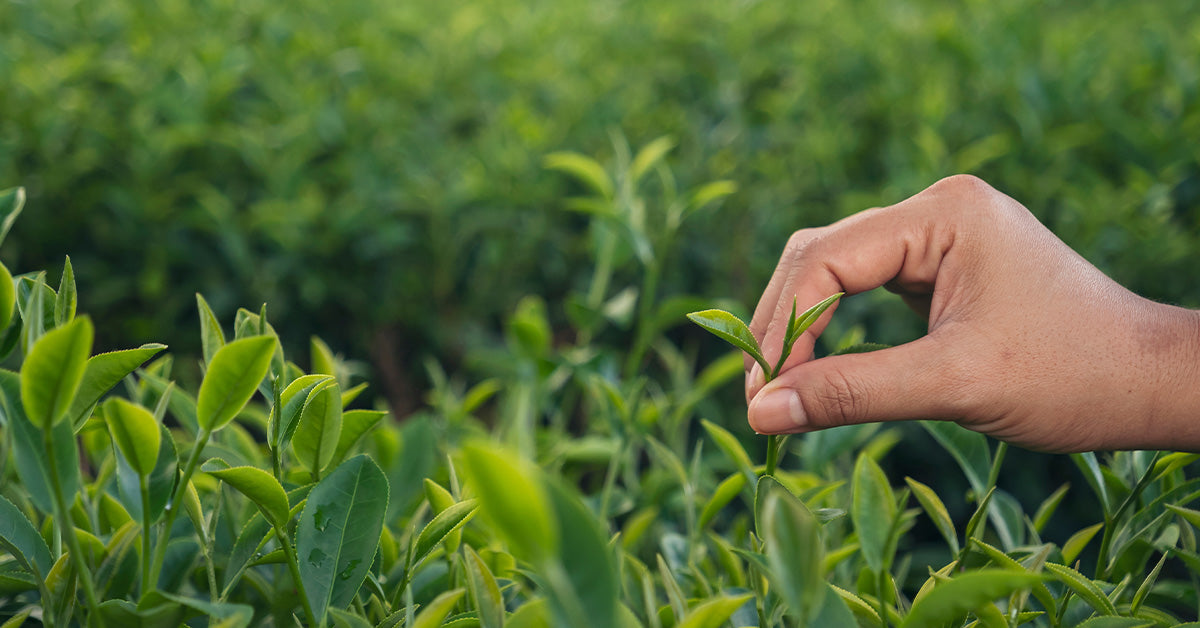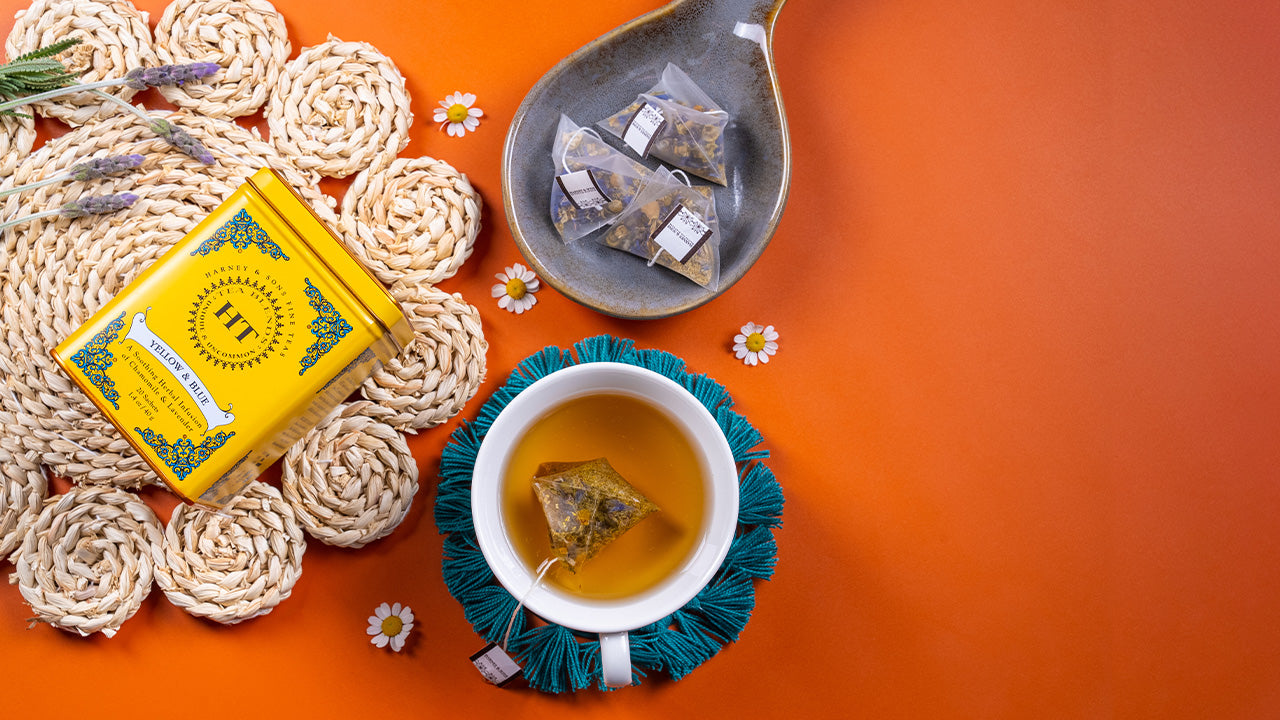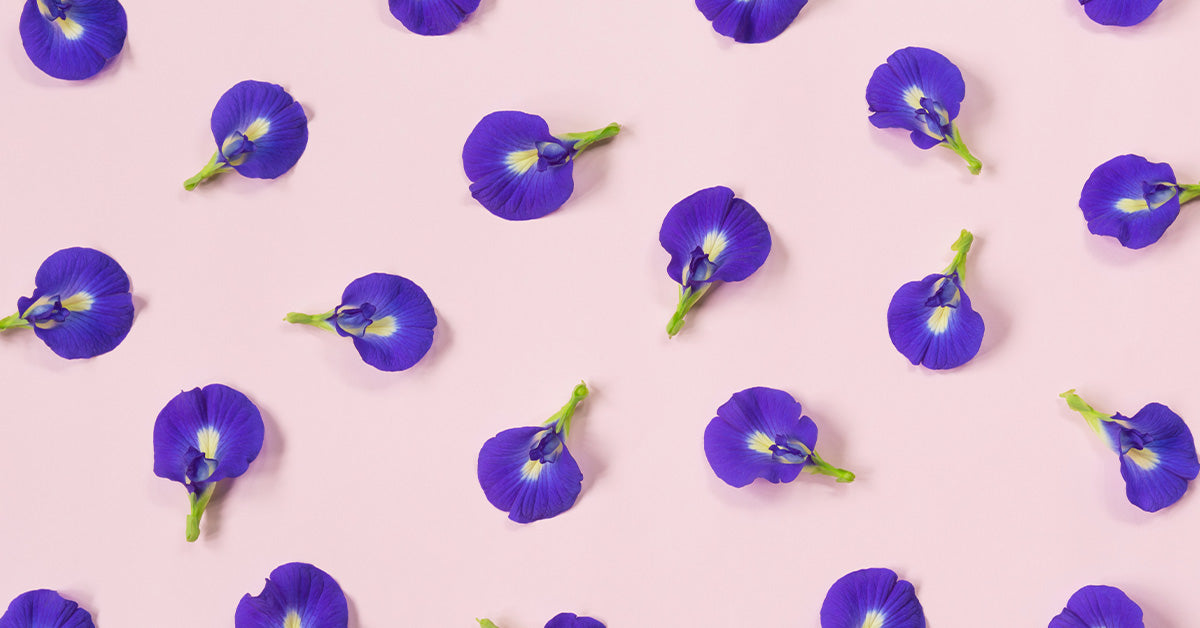Spring is a time of celebration for many reasons, an important one being that spring is harvest time for some of the best and most special Chinese green teas.
Although green teas grow all over the world, the finest come from China and Japan. China has been producing tea for at least the last 5,000 years. However, while the Japanese are relatively newcomers by comparison, having made tea in a serious way for just the last 500 years – compared to China, they’re mere children.
Compared with the darker, more mouth-filling Japanese green teas, Chinese greens have the gentler vegetal flavors of steamed leeks, green beans, or bok choy. And where Japanese greens have no sugariness, some Chinese greens have charming, sweet notes of cooked carrots, jasmine, and sometimes a subtle hint of honey. Other Chinese teas like Gunpowder or Chun Mee have flavor notes of charred leeks.
Much of this sweetness begins in the fields, stemming from the same component in white tea: the bud. The best Chinese green teas are hand-harvested in the spring from “leafsets,” consisting of a bud and its two adjacent leaves. Plucked over a tiny window of just 10 to 14 days in late March or early April, these springtime leafsets hold more sugars and other flavor compounds than leaves at any other time of year. As the temperature rises and the plant emerges from winter dormancy, the roots send out stored glucose and other flavor compounds to the buds to restart growth. Spring teas may also have more antioxidants, as the plant sends out extra polyphenols to protect the leaves from bugs. In China, these springtime teas are sometimes called Qing Ming teas since their harvest begins around the same time as China’s Qing Ming spring festival.

We carefully and judiciously source our Chinese green teas from the finest growers and suppliers in China. While you can’t go wrong with any of them – they’re all wonderful in their own unique way, and you’ll discover the flavors that most resonate with your palate – here are some of our favorite spring Chinese green teas:
- Lung Ching. Lung Ching is to Chinese green teas what French Champagne is to sparkling white wines: the standard against which all others are measured. One of China’s best and most well-known teas, Lung Ching, comes primarily from the hills of Hangzhou in the Zhejiang province.
- Jin Shan. Jin Shan is both a tea and an ancient tea-growing region that is located just outside a large Buddhist monastery. The monks developed this tea and taught local farmers their methods to produce a tea with a mouth-filling flavor of sweet roasted artichokes, a lemony finish, and a tinge of roasted marshmallow from its coal firing.
- Bi Lo Chun. A popular and ancient tea, Bi Lo Chun comes from a tiny island called Dongting on Tai Lake, about two hours north of Hangzhou. Also known as Spring Snail Shell, this tea is worked by hand to shape the leaves into a snail shell shape. Bi Lo Chun is produced in tiny quantities, which makes it rare and exceptional.
- Taiping Houkui. This special tea comes out of Anhui province, with the best coming from the town of Taiping. It’s made from its own cultivar, bred for long leaves. The leafsets are plucked as late as possible, usually in late April, to give the leaves plenty of time to grow. When made by hand, the leaves are flattened between yards of canvas; if you look carefully, you can see elegant small hatch marks on the leaves.

To truly enjoy Chinese green teas and celebrate the arrival of spring in style, consider using a traditional Yixing teapot to prepare your tea. Made of Yixing clay, this type of teapot has been used to brew tea in China, dating back to the 15th century.
Yixing teapots are known for their ability to absorb small amounts of the flavors of the teas that are brewed in them. Over time, these flavors grow stronger, giving the interior walls of the clay teapot its own unique flavor, depending on the variety of teas that have been brewed inside it. Tea aficionados who are serious about the purity of their tea flavors will often steep only one type of tea in a particular Yixing teapot to keep the flavors pure and not muddled, as the flavors that the teapot has absorbed can affect the flavor of the teas brewed.
If you want to go full-on Gongfu, a traditional Chinese tea ceremony, you’ll definitely need a Yixing pot and other essential wares. See our Chinese Tea Traditions blog for all the tips and tools you’ll need to enjoy spring Chinese green teas and other Chinese teas, like black tea, oolong tea, and jasmine tea, in the time-honored Chinese manner.





1 comment
Karon Nichols
I love the teas I have ordered, especially the Hot Cinnamon tea. I was wondering if you ever make a blend using orange. I love the taste of orange in a black tea.
Thank you .
I love the teas I have ordered, especially the Hot Cinnamon tea. I was wondering if you ever make a blend using orange. I love the taste of orange in a black tea.
Thank you .